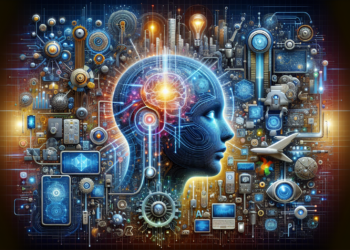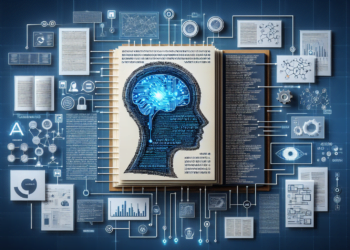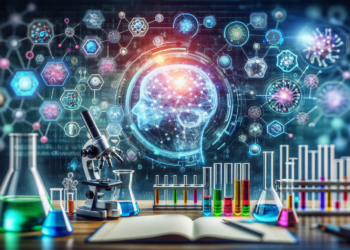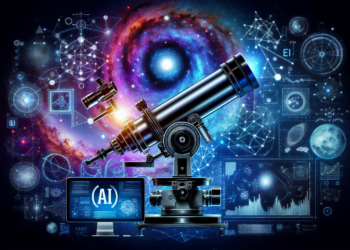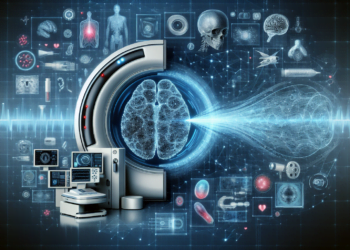Labor shortages and the growing demand for food represent two of the most pressing challenges of the 21st century. In this context, artificial intelligence (AI) emerges as a catalyst for innovative solutions that not only promise to bridge these gaps but also redefine the landscape of global food production.
AI Applications in Precision Agriculture
One of the most impactful branches where AI is leaving its mark is precision agriculture. Machine learning algorithms are trained with datasets ranging from soil conditions to weather patterns, and including plant and animal health. These models can predict with high accuracy the optimal time for planting, irrigating, fertilizing, and harvesting, optimizing resources and maximizing productivity.
Drones equipped with advanced cameras and sensors intertwine with AI to monitor crops. Computer vision allows for the detection of anomalies, diseases, or infestations, triggering early responses that save harvests. This synergy results in more efficient use of pesticides and herbicides, mitigating environmental impact and reducing costs.
Autonomous Robotics and Productivity Increase
The implementation of autonomous robots in agriculture, guided by artificial intelligence, is compensating for the lack of labor. Machines such as automatic planters, harvesters, and weeding robots not only perform repetitive and physically demanding tasks but also execute them with superhuman precision. A tangible example is the Berry robot, capable of identifying and picking ripe strawberries using robotic arms and computer vision.
Integration of AI Systems in Aquaculture and Livestock Farming
In the aquaculture domain, AI algorithms monitor the growth and health of stocks, regulating feeding and preventing diseases. In livestock farming, the use of smart collars and biotelemetry tracking systems, which collect and analyze data in real-time, improve animal health and welfare leading to more efficient and sustainable livestock farming.
Optimizing the Global Food Supply Chain
The global food supply chain also benefits from AI. Advanced predictive models and deep learning systems are transforming inventory management, transport logistics, and demand management, reducing waste and improving large-scale food distribution.
Case Study: AI in Viticulture
A case study that illustrates these transformations is the use of AI in viticulture. IoT sensors distributed in vineyards collect data on moisture, temperature, and soil quality. Predictive models determine optimal irrigation and fertilization, while identifying areas affected by fungal diseases. These techniques not only increase the quantity and quality of grape production but also reduce operational costs and minimize the need for human intervention.
Challenges and Ethical Considerations
As AI advances in these areas, significant challenges arise, such as the need for robust digital infrastructures and the importance of cybersecurity in agri-food systems. Moreover, AI in agriculture raises ethical questions. The impact on traditional jobs and the digitalization of agriculture require a balance between the incorporation of new technologies and the socioeconomic protection of farming communities.
Future Innovations in AI and Food
Regarding future directions at the intersection of AI and food, significant progress is anticipated in crop genomics and machine learning-assisted genetic editing, which could lead to more resilient and nutritious plant varieties. Another promising area is the synthesis of food through biochemical processes controlled by AI, which could signify a revolution in food production.
Conclusion
AI is playing a crucial role in redefining the current agricultural paradigm to meet the labor shortage and the increasing food demand. The effectiveness in implementing these technologies and anticipating the challenges they entail will define the sustainability and resilience of future food systems. As the development of these advanced tools continues, the potential for innovation in food production seems to be just at the beginning, promising profound and lasting transformations in the relationship between technology, nature, and society.


